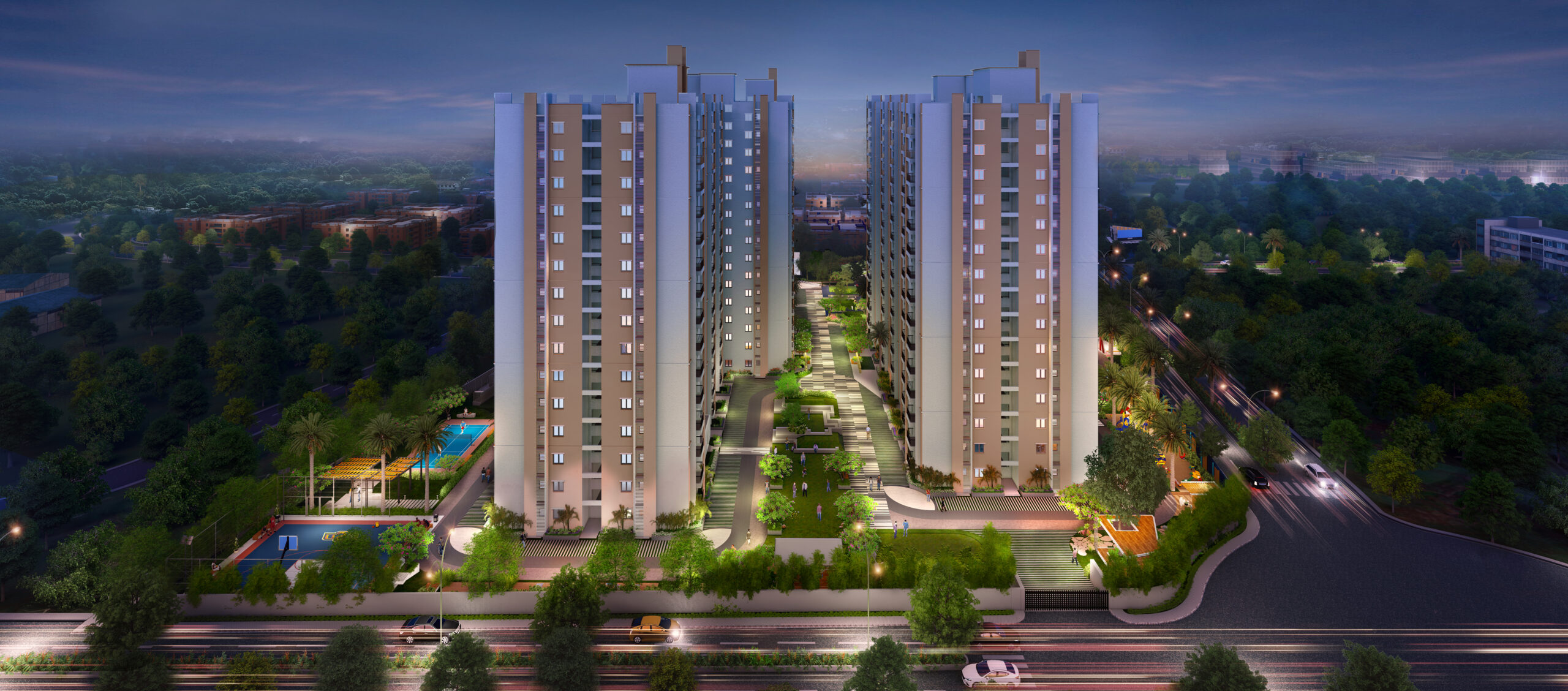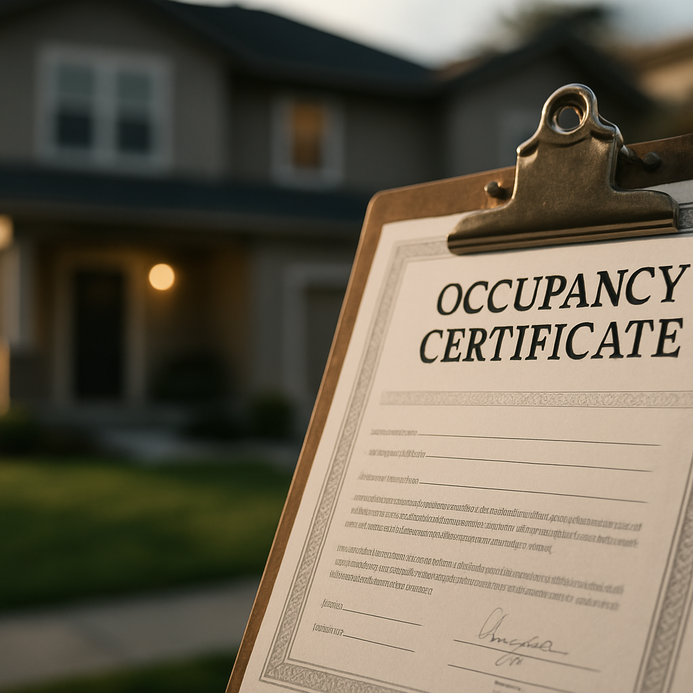Urban Land Ceiling Act Repeal: The Hidden Force Behind Hyderabad’s Growth
Introduction to the Urban Land Ceiling Act
The Urban Land Ceiling Act (ULCA) got its start back in 1976. It was a significant move aimed at ensuring land was shared more fairly in cities. The goal? Fix the housing shortage and prevent land from concentrating in just a few hands. The Act tried to rein in the rampant growth of cities by capping how much land individuals could own. In Hyderabad, though, it had a mixed reception initially. Growth slowed down, land use became chaotic, the real estate sector faced challenges, and housing projects were delayed by months, if not years.
Before the ULCA was scrapped in 1999, it complicated the functioning of the land market. Most parcels remained undeveloped as owners avoided incurring penalties for exceeding the land ownership limits. Rather than facilitating urban growth, it led to increased land scarcity, skyrocketing prices, and left many without homes. This scenario stifled growth, especially for developers trying to enhance city living.
Navigating the legal maze involved obtaining an urban land ceiling clearance certificate, a complex process indeed. However, once it was repealed, the landscape transformed dramatically. Developers rushed to acquire lands that were previously held back by ULCA limits, resulting in a surge of real estate activity. The new environment? A vibrant, competitive real estate market with stabilized property values and slightly more accessible housing options.
| Year | Event | Impact on Hyderabad |
|---|---|---|
| 1976 | ULCA enacted | Limited land holdings, delayed urban growth |
| 1999 | ULCA repealed | Surge in real estate, improved housing availability |
So, the ULCA placed significant caps on possible developments in Hyderabad. Its repeal led to a dynamic real estate revival. For more information on the ULCA, check out Wikipedia. If you’re looking to see how it affected real estate trends or regulations in Hyderabad, dive into source. And for a look at the legislative sides of land markets, don’t miss this source.
Historical Context: The Emergence of the ULC Act
When the Urban Land Ceiling Act (ULCA) was implemented in 1976, India faced significant housing shortages and social inequalities, particularly following independence. The government sought to regulate land distribution, especially in rapidly expanding urban areas.
In the 1970s, India found itself in a precarious situation marked by a population explosion, rampant inflation, and cities overflowing. According to the 1971 census, about 25% of the population resided in urban regions, a figure that continued to rise. The ULCA aimed to curb this by restricting land ownership in urban areas, thereby promoting affordable housing.
The intent was to allocate land for public use, ensuring that everyone could access decent housing, particularly those in need. Land hoarding was a significant issue, leading to exorbitant urban prices that left the common populace without the means to secure adequate housing. Thus, the ULCA became a critical move to ensure urban land remained accessible to all, not just the affluent.
Here’s a snapshot of the ULCA over the years:
| Year | Major Development |
|---|---|
| 1976 | ULC Act enforced to regulate fast urban growth |
| 1980s | Implementation issues and rise of informal settlements |
| 1999 | Repeal Act due to land scarcity and economic shifts |
Despite its well-meaning intentions, the ULC Act resulted in unforeseen consequences. Demand for urban land increased alongside prices, fueled by limited supply. This had significant repercussions on real estate in Telangana, where obtaining clearance certificates became vital post-repeal. Interested in the procedure? You’ll need to apply through state revenue agencies, presenting documentation to validate ownership.
The evolution of the Urban Land Ceiling Act in Telangana reflects shifting planning norms and housing policies, adjusting to new demands.
For a comprehensive breakdown, reference the detailed guide on the Urban Land Ceiling Act and insights into its repeal in the Repeal Act.
The Repeal of the Urban Land Ceiling Act: What Changed?
The repeal of the Urban Land Ceiling Act in 1999 marked a watershed moment for urban development across India, particularly in Hyderabad. Originally, the Act was designed to mitigate land speculation and improve housing affordability; however, it eventually hindered land supply and contributed to chaos in the real estate market.
| Year | Significant Policy Change | Impact |
|---|---|---|
| 1976 | Implementation of Urban Land Ceiling Act | Land acquisition limits set; reduced new housing projects |
| 1999 | Repeal of Urban Land Ceiling Act | Boosted land supply; increased real estate development; property prices surged |
| 2005-2015 | Rapid urbanization in Hyderabad | Increased demand for real estate and significant infrastructural development |
Following the repeal, the transition regarding land ownership became more fluid, leading to the vibrant urban landscape we observe today. Developers capitalized on the opportunities presented, initiating a boom in contemporary residential and commercial infrastructures. This transformation positioned Hyderabad as a thriving technology and business hub, attracting investments immensely.
Furthermore, securing an urban land ceiling clearance certificate became significantly more straightforward post-repeal. Developers found it easier to circumvent the bureaucratic hurdles that had previously obstructed them. The result? A flourishing real estate market that welcomed investment opportunities and urban growth, liberated from past restrictions.
This repeal aligns with ongoing trends in Telangana, as regulations are continuously refined to stimulate economic advancement. The clarity surrounding land rights has attracted the attention of both local and international investors. Real estate in Hyderabad has never seemed so lucrative.
The shift from rigid land regulation to a more relaxed market narrates the evolution of housing policies, influencing urban growth strategies. Across Hyderabad’s skyline, the effects are visible, state-of-the-art infrastructure juxtaposed against the history of prior constraints.
For an engaging exploration of the ULCA and its long-lasting impacts, see Wikipedia. Additional legal perspectives can be found at Land Portal.
Unlocking Potential: The Rise of High-Rise Developments
Post-repeal in 1999, Hyderabad experienced a boom in high-density buildings, dramatically altering its skyline. The prior restrictions on land ownership and development left many areas underutilized, but once those barriers fell? Developers soared, giving rise to vertical expansion across the city.
High-Rise Developments in Hyderabad
Fast forwarding two decades reveals a clear change: Hyderabad now boasts over 200 high-rise buildings exceeding 15 stories, a remarkable increase from merely a handful in 2000. This new panorama not only accommodates a growing populace but also attracts considerable investment, particularly from the IT and services industries.
| Year | Number of High-Rise Buildings |
|---|---|
| 2000 | 50 |
| 2010 | 100 |
| 2022 | 200 |
Developers are focusing on creating vibrant, integrated communities, establishments of residential apartments, offices, and shops tightly located in one area. Regions such as Gachibowli and Hitec City have become epicenters for these soaring towers, boosting property values and attracting a diverse range of residents.
How to Get Urban Land Ceiling Clearance Certificate
For developers eager to start new ventures, securing an Urban Land Ceiling Clearance Certificate is essential to maintain regulatory compliance. To obtain the certificate, developers must submit the required documentation to the state’s urban development authority, ensuring alignment with land-use regulations and smoothing project approval processes.
In summary, the repeal of the ULCA spurred urban revitalization in Hyderabad, transforming it into a vibrant city. The high-rise developments don’t just alter the skyline; they also augment the economic landscape. To discover more on how urban land policies shape the city, check out the Urban Land (Ceiling and Regulation) Act, 1976 and its subsequent impacts.
Future Directions: Land Management and Development in Telangana
With the ULCA history behind us, Telangana’s land policy and urban planning have undergone transformative shifts. This evolution has created pathways for sustainable development across urban areas, offering developers increased freedom with land usage. Without ULCA constraints, new projects can maximize land potential, significantly reshaping Hyderabad’s horizon further.
Sustainable Development Initiatives
Today, there’s a concerted effort towards promoting sustainable growth amidst urbanization. New policies are emerging to encourage green buildings, smarter land use, and enhanced infrastructure. Current projects are integrating eco-friendly practices, ensuring urban progress does not compromise environmental standards.
| Indicator | Value |
|---|---|
| Total Urban Population | 9.5 million |
| Green Cover Percentage | 20% |
| New Residential Projects Approved | 150 |
| Economic Growth Rate (GDP) | 9% |
Source: Government of Telangana reports.
Urban Land Ceiling Clearance
For anyone involved in property transactions or development, understanding how to procure the urban land ceiling clearance certificate is pivotal. Thanks to streamlined processes, stakeholders are now more inclined to dive into new projects. With ULCA restrictions lifted, most clearance applications are quickly approved, reinstating progress in land development.
Knowledge Sharing and Urban Planning
The rising interest in webinars and policy discussions surrounding modern urban planning indicates that stakeholders are motivated to engage with the evolving landscape of land management in Telangana. Continued open dialogue will foster responsible development, addressing the dynamic requirements of Hyderabad’s expanding urban populace.
For an in-depth examination of how urban land laws have influenced the local landscape, check out the Urban Land (Ceiling and Regulation) Act, 1976 alongside the Urban Land (Ceiling and Regulation) Repeal Act 1999 for more insights on how legislative changes have shaped land markets.
In summary, as Telangana progresses, the integration of comprehensive policies with sustainable practices will continue to define a vibrant and innovative urban landscape in Hyderabad.
FAQ
1. What is the Urban Land Ceiling Act?
The Urban Land Ceiling Act is legislation enacted in 1976 aimed at regulating land holdings in urban areas to promote equitable distribution and reduce housing shortages.
2. Why was the Urban Land Ceiling Act repealed?
The ULCA was repealed in 1999 due to its unintended adverse effects on the real estate market, such as increased prices and limited land supply.
3. How did the repeal of the ULCA affect Hyderabad?
The repeal led to a surge in real estate development, improved housing availability, and significant urban growth in Hyderabad.
4. What are high-rise developments?
High-rise developments refer to buildings constructed with multiple stories; they have increased in Hyderabad since the repeal of the ULCA.
5. How can I obtain an Urban Land Ceiling Clearance Certificate?
Developers must submit the appropriate documentation to the state’s urban development authority to obtain the certificate, ensuring compliance with land-use regulations.













